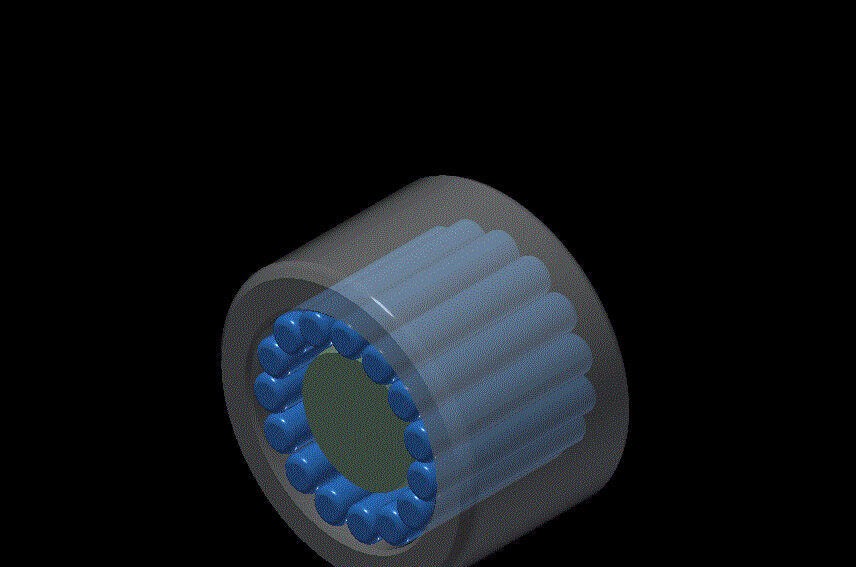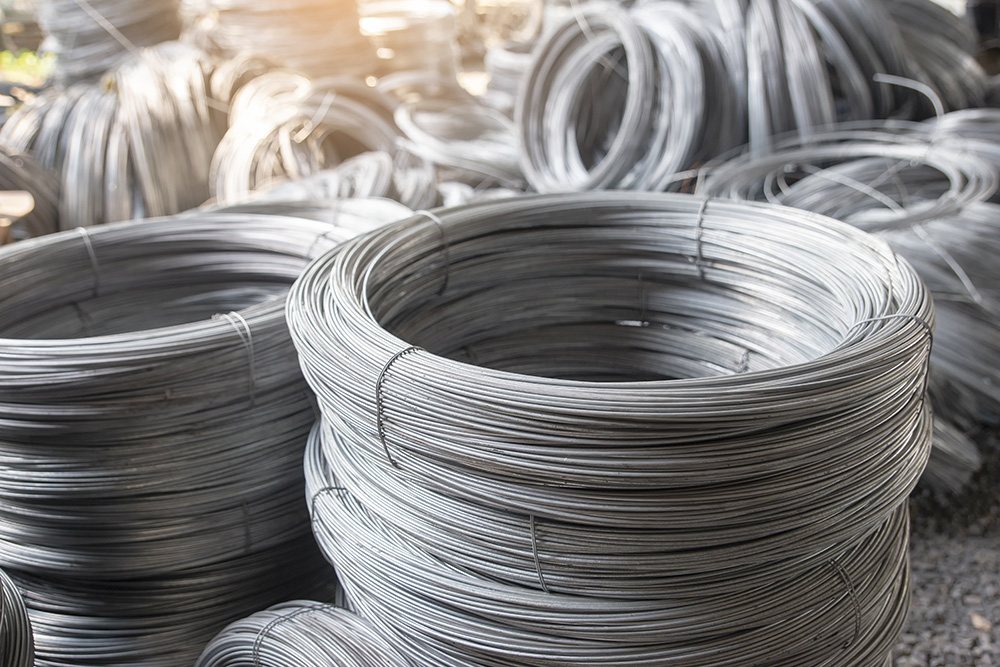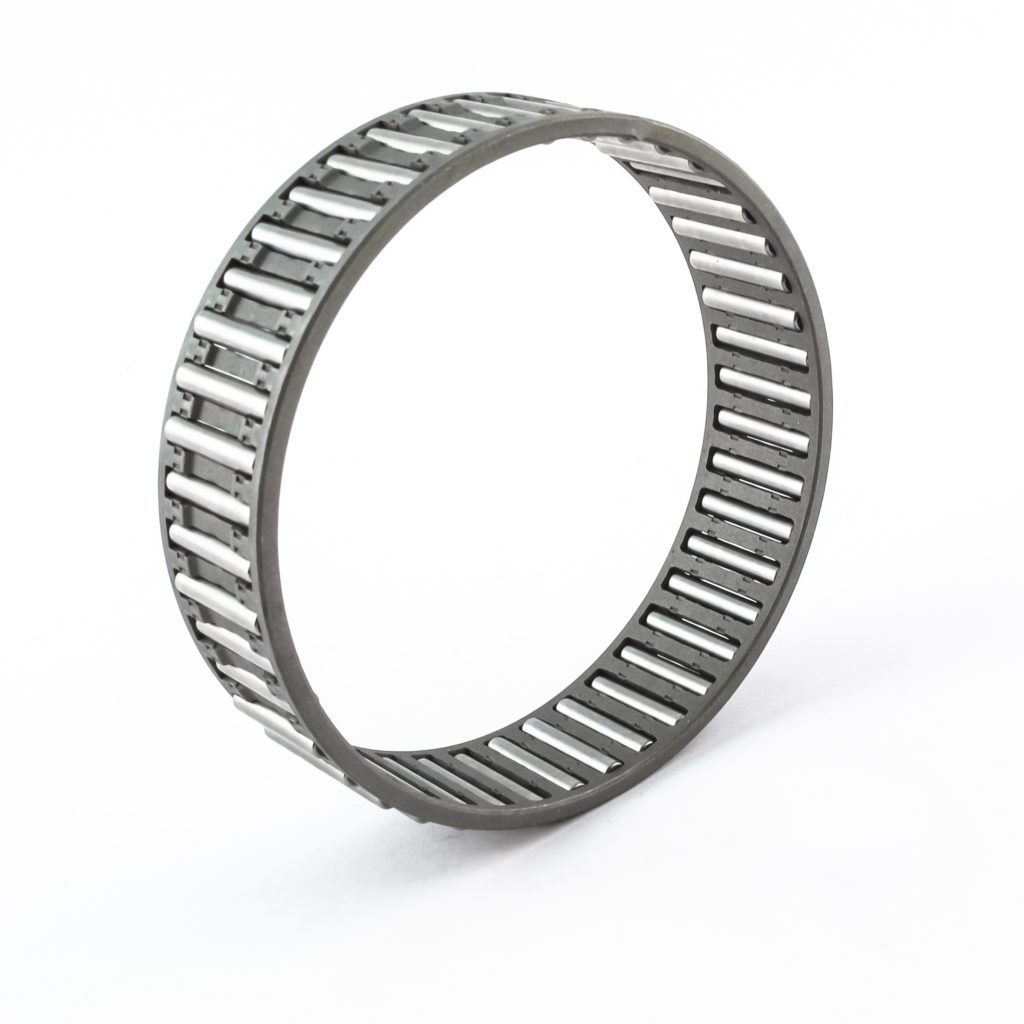
How to Create a Cost-Effective Custom Needle Bearing Design
Needle roller bearings are widely used in the automotive, medical, and aerospace industries. Because there are so many applications, each with specific requirements, manufacturers often need custom-made needle bearing assemblies.
If you’re in the market for custom bearings, you’ll want to read this article. In it, we’ll highlight everything that you need to consider during the design process.
Do You Even Need a Custom Design?
Before you incur the expense and lead time of a custom design, it’s worth investigating whether a standard design will meet your requirements. Universal Bearings maintains an impressive assortment of standard needle bearings, and may already have what you need. We’re happy to help you find the right one for your application! If you do need a custom design, take a look at these five considerations.
1. Choose Materials Carefully

Needle bearings operate under heavy loads, and the materials chosen have an impact on longevity. Some bearing manufacturers use less expensive materials and then bring their performance to an acceptable level by coating or heat-treating them. However, these are unlikely to last as long as those that use quality materials all the way through. No one wants a bearing to be a premature failure point in an automotive component or other component.

2. Consider Your Tolerances
Bearing tolerances are standardized by ISO, and they apply to dimensional accuracy, machining accuracy, and running accuracy.
Bearings have six tolerance classes according to their level of accuracy. The least accurate class is adequate for general applications, but bearings of the top three classes are preferred for more demanding usage.
The more accurate classes are, of course, the most expensive. Consider both your application and your operating conditions to determine what class of bearings is suitable.

3. Switch to Plastic Cages (If Possible)
Many applications require carbon steel or other heat-treated steel. However, in many cases the cost of the bearing can be reduced by switching to plastic cages of nylon 6/6. Whether plastic is suitable depends on the mechanical stress of frictional, impact, centrifugal, and inertial forces, as well as any kind of lubricant or solvent the bearing comes into contact with.
4. Know Your Application Requirements
Whether you utilize a standard needle bearing or opt for a custom design, you need to thoroughly understand the demands of the application as well as the operating conditions. Requirements such as load capacity, rotational accuracy, and operating temperature will tell you which needle bearing you need. The size and rigidity need to be correct, and features including internal geometry, clearance, and cage design can be tailored to your requirements.
5. Create a Prototype First
Nothing tests the accuracy of a needle roller bearing like its actual performance in the component where it will be deployed. That’s why you should build and test a prototype before you commit to all-out production. That way, you can not only identify errors, but also make modifications to maximize the bearing’s effectiveness. The initial time and expense of prototyping is likely to be recouped in the overall manufacturing process, and time to market may actually be reduced.
Create Your Design at Universal Bearings
Universal Bearings is an industry-leading needle bearing manufacturing and the only independent loose needle roller supplier in the world. Some of our capabilities include advanced bearing analyses, production manufacturing, rapid prototyping, heat treating, and bearing testing.
If you need help designing your custom needle bearing, or would like to learn more about our standard designs, contact us today for a quote.



